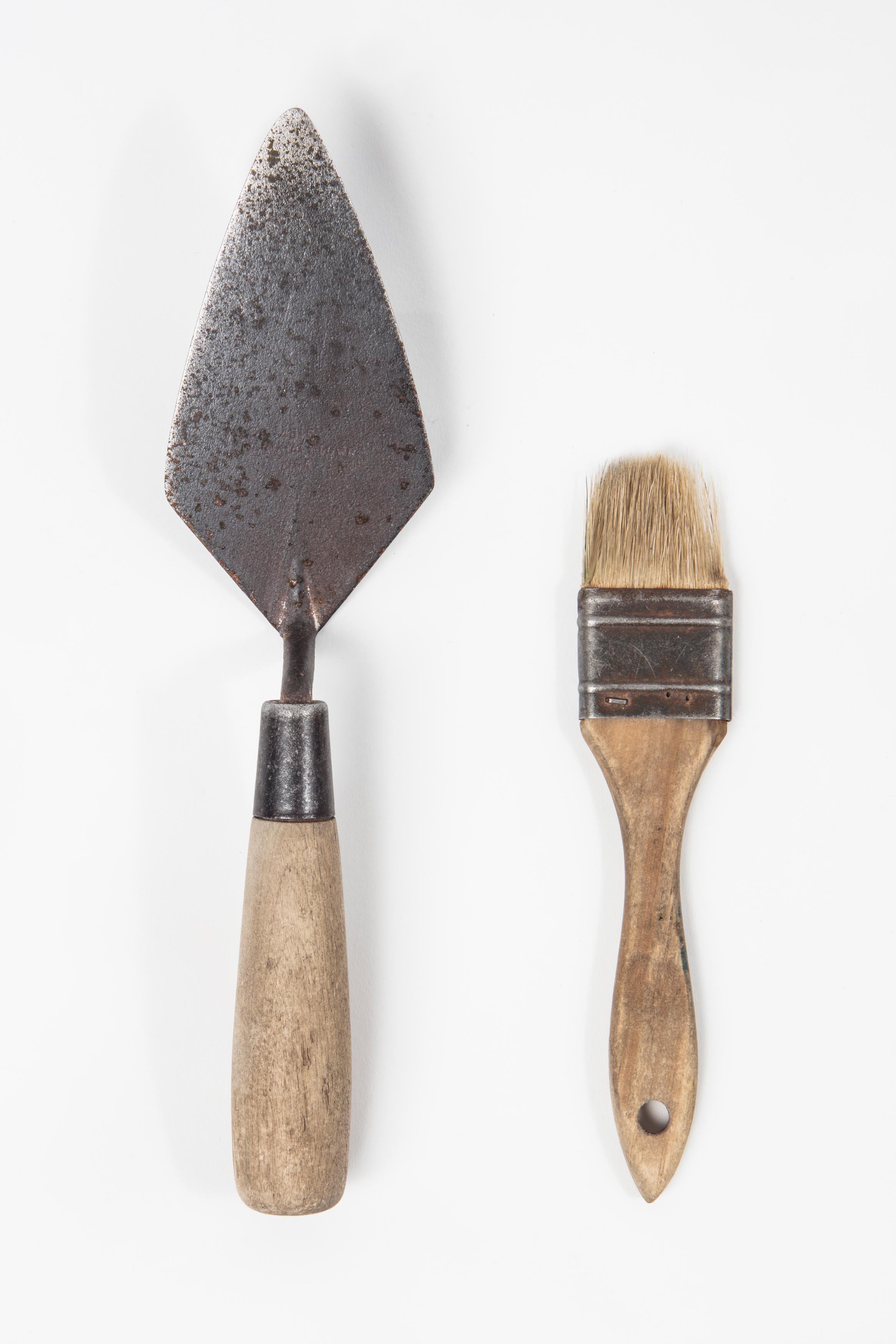45. Third Grade Archaeology Program

Since 1984, every third grader has used a trowel and brush, the tools of archaeologists, to excavate hundreds of artifacts in a simulated excavation led by archaeologist Neil Goldberg. Each class excavates a different site, all supporting curricula on the Age of Exploration.
Ask third graders, trowels in hand; as they peer into a large box in the backyard “what are you?” you’d be likely to get a resounding chorus of students answering “I am an archaeologist!”
Since 1984 every third grader has participated in a six-week excavation of a simulated archaeological site containing hundreds of artifacts, led by archaeologist Neil Goldberg. Each class has a different site to excavate, all designed to support curricula related to commercial exchange and social and cultural identity during the Age of Exploration. Students learn archaeological techniques for mapping, recovery and recording of the artifacts, which are then analyzed back in the classroom lab and discussed in classroom colloquia. To support their research, students access a database of art images to help create a context for the artifacts. Classes work with Museum Educators Michelle Marcus and Stephanie Fins and experts brought in by the Museum program.
I’ve never had a student who hasn’t been totally engaged. For certain kinds of students who may be more inclined to problem solve on their own, it requires collaboration and teamwork. The richness of the program is its broad appeal to all kinds of learners. It allows them to build on their analytic and inferential skills using artifacts, texts, and visual images.
Former Associate teacher and current First Program Learning Specialist Erica Lynch adds, “It’s great to work at a school that creates a vital way for students to develop critical thinking skills. It sets a high bar for showing what is possible.”
—Sandra Brudnick, Third Grade House Advisor